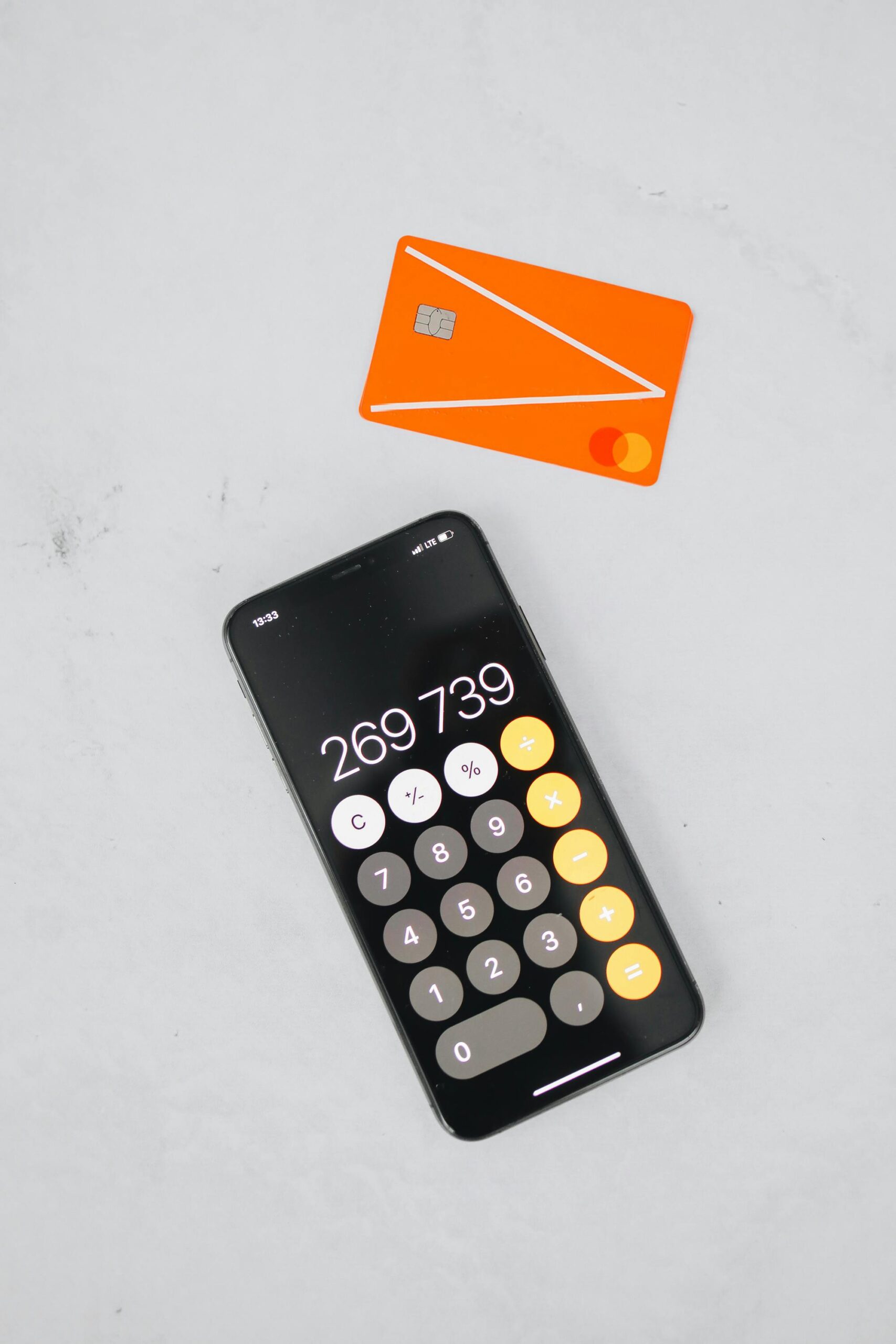
Let’s be honest—budgeting sounds boring. Just the word makes most people roll their eyes or instantly feel stressed. But here’s the truth: a solid budget doesn’t chain you down—it sets you free. Want to travel more, pay off debt, or stop living paycheck to paycheck? A real budget is the key. Not just any budget—a budget that actually works for you.
This isn’t about spreadsheets and sacrifice. This is about building a budget that fits your lifestyle, aligns with your goals, and still lets you enjoy life. So, grab your coffee, and let’s break down how to make your money behave
This isn’t about spreadsheets and sacrifice. This is about building a budget that fits your lifestyle, aligns with your goals, and still lets you enjoy life. So, grab your coffee, and let’s break down how to make your money behave.
Why Most Budgets Fail (And What to Do Instead)
Most people fail at budgeting because they go in with all-or-nothing thinking. They set unrealistic goals, track their spending for a week, then throw in the towel when it doesn’t work. Sound familiar?
Instead, the trick is to treat your budget like a living, breathing plan—not a financial prison. It should flex with your life, evolve with your goals, and allow a little room for fun.
Step 1: Know Your Income Like the Back of Your Hand
First things first—what’s your monthly income? Not just your paycheck. Include:
- Freelance gigs
- Side hustles
- Child support
- Investments (dividends, rental income)
- Any other cash flow
Use net income (after taxes), not gross. That’s what you can actually spend. You can’t plan without knowing what you’re working with.
Step 2: Track Every Dollar You Spend
You can’t manage what you don’t measure. Start by looking at your last 2-3 months of bank and credit card statements. Highlight everything:
- Rent or mortgage
- Utilities
- Groceries
- Dining out
- Streaming services
- Gym memberships
- Loan payments
- Impulse Amazon buys (yeah, those too)
Use categories. And don’t skip the “miscellaneous” stuff. That $4 coffee every day? Adds up to $120/month.
Apps like Mint, YNAB, and PocketGuard make this super easy. Or go old school with a pen and paper—whatever works best for you.

Step 3: Identify Needs vs. Wants
Here’s where you get real with yourself.
Needs:
- Rent
- Utilities
- Basic groceries
- Insurance
- Minimum debt payments
Wants:
- Netflix
- Takeout
- Brand-name items
- Designer clothes
- Starbucks (sorry…)
When you separate the two, you’ll start seeing where your money is leaking. Plug those leaks, and boom—you’ve already made progress.
Step 4: Choose a Budgeting Method That Fits YOU
No one-size-fits-all here. There are several budgeting strategies that work wonders depending on your style.
The 50/30/20 Rule
This one’s super popular (and for good reason):
- 50% for needs
- 30% for wants
- 20% for savings & debt
It’s flexible, easy to remember, and keeps your lifestyle balanced.
Zero-Based Budgeting
You give every single dollar a job—until you have $0 left to budget. Every dollar is accounted for: bills, savings, groceries, even date nights. Great for control freaks (in a good way).
Envelope System
You physically or digitally separate your money into “envelopes.” When the dining-out envelope is empty—no more eating out that month. It teaches discipline fast.
Pay Yourself First
You automate savings before spending. If you want to build wealth quietly and painlessly, this method is gold.
Use apps like Goodbudget, EveryDollar, or YNAB to help automate your chosen method.
Step 5: Set Clear, Motivating Goals
Without goals, your budget is just a list. With goals? It becomes a mission.
Set:
- Short-term goals: Save $500 in 3 months, cut dining out in half, build a $1,000 emergency fund
- Long-term goals: Pay off your student loan, buy a house, retire early
Write them down. Put them on your fridge. Visual reminders keep you accountable when Netflix is calling or your favorite store has a sale.
Step 6: Automate Like a Boss
The best budgeters don’t rely on willpower—they rely on automation.
- Auto-pay your bills
- Auto-transfer to savings
- Auto-invest (even $20 a week!)
Set it up once, then forget it. This removes the emotional drama from money decisions.
Step 7: Create a “Fun Money” Category
Yep, you heard that right.
A good budget must include fun. Budgeting doesn’t mean you can’t enjoy your life. Whether it’s $50 or $150 a month, set aside a fun money fund for whatever lights you up—concerts, pizza nights, cute stationery, whatever.
This prevents budget burnout. When you’re allowed some play, you’re way more likely to stick with it.
Step 8: Plan for Irregular Expenses
One of the biggest budget killers? Those expenses that sneak up on you.
We’re talking:
- Car registration
- Annual subscriptions
- Holiday gifts
- Insurance premiums
Add a sinking fund to your budget. This is where you set aside small amounts monthly for big, occasional expenses.
Example: Holiday spending of $600 in December? Save $50/month starting in January.
Step 9: Slash Unnecessary Spending (Without Feeling It)
Here’s where the magic happens. You can save hundreds a month without sacrificing joy.
Try:
- Canceling unused subscriptions (check Truebill or Rocket Money)
- Switching to generic brands
- Meal prepping (saves $200–$400/month)
- Buying in bulk
- Using cashback apps like Rakuten or Fetch
It’s not about being cheap—it’s about being smart.
Step 10: Check In Weekly and Monthly
Your budget isn’t set-it-and-forget-it. Life changes, so your budget should too.
Every week, glance at your spending. Adjust if needed.
Every month, reflect:
- Did I hit my goals?
- What worked?
- What didn’t?
- Where did I overspend?
Then tweak. Budgeting is a journey, not a final destination.
What to Do When You Slip Up
Spoiler alert: You will mess up sometimes. That’s okay.
Blew the eating out budget? Learn from it. Overspent on Amazon? Cut back next week.
Budgeting is like fitness—you don’t quit the gym because you had a cheat day. Keep going.
Tools to Make Budgeting Easier
Apps That Do the Work for You
- YNAB: For detail lovers
- Mint: For simplicity
- Goodbudget: Great for envelope fans
- Rocket Money: Helps cancel unwanted subscriptions
- Tiller: Links spreadsheets to bank accounts
Spreadsheets That Track Everything
If you’re a DIY fan, Google Sheets has free budgeting templates. Or try Vertex42 or Spreadsheet123 for more advanced templates.
AI Tools for Smart Recommendations
Apps like Copilot Money or Emma use AI to suggest smarter ways to save based on your habits. Like having a money coach in your pocket.
Real-Life Budgeting Success Example
Meet Lisa. She was a 29-year-old living paycheck to paycheck. She had no savings, $15,000 in credit card debt, and spent most of her money without tracking it.
After trying zero-based budgeting with the help of YNAB:
- She built a $2,000 emergency fund in 6 months
- Paid off all her credit card debt in under 18 months
- Still had $100/month for “fun”
Her secret? “I stopped thinking of budgeting as punishment. It became a tool for peace.”
Conclusion: Budgeting = Freedom, Not Restriction
A real budget doesn’t feel like a financial straightjacket. It gives you the freedom to live on your terms, sleep better at night, and plan for the future with confidence.
Whether you’re drowning in debt, saving for your first home, or just want more control—this system works. Start small, be consistent, and adjust as you grow.
Remember: You control your money. It doesn’t control you.
Frequently Asked Questions (FAQs)
1. How do I start budgeting if I’m broke?
Start by tracking your expenses and identifying the biggest leaks. Even saving $10 is a win. Focus on needs, and look for ways to boost your income or reduce fixed costs.
2. What’s the best app for beginners?
Mint is user-friendly and free, great for new budgeters. If you want more control and automation, try YNAB.
3. Should I use cash or cards for budgeting?
Cash helps control spending (envelope method), while cards offer tracking and rewards. Use what aligns best with your habits—but always pay off cards in full!
4. Can couples budget together effectively?
Yes, but communication is key. Set shared goals, have regular budget meetings, and use apps like Zeta designed for couples.
5. How long before I see results?
If you’re consistent, you’ll start noticing positive changes in just 30 days. Big wins—like debt payoff or major savings—can take months, but they’re totally worth it.